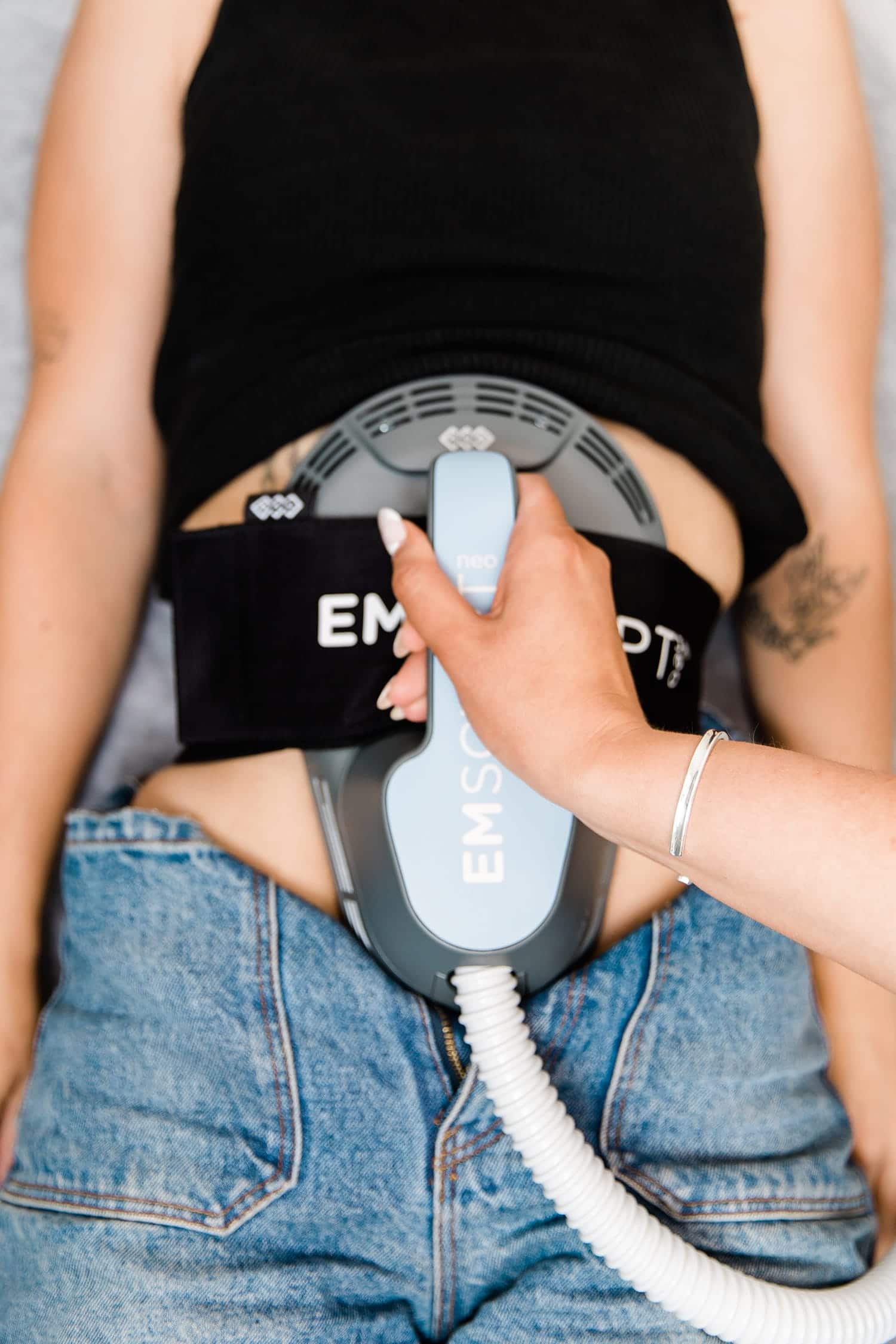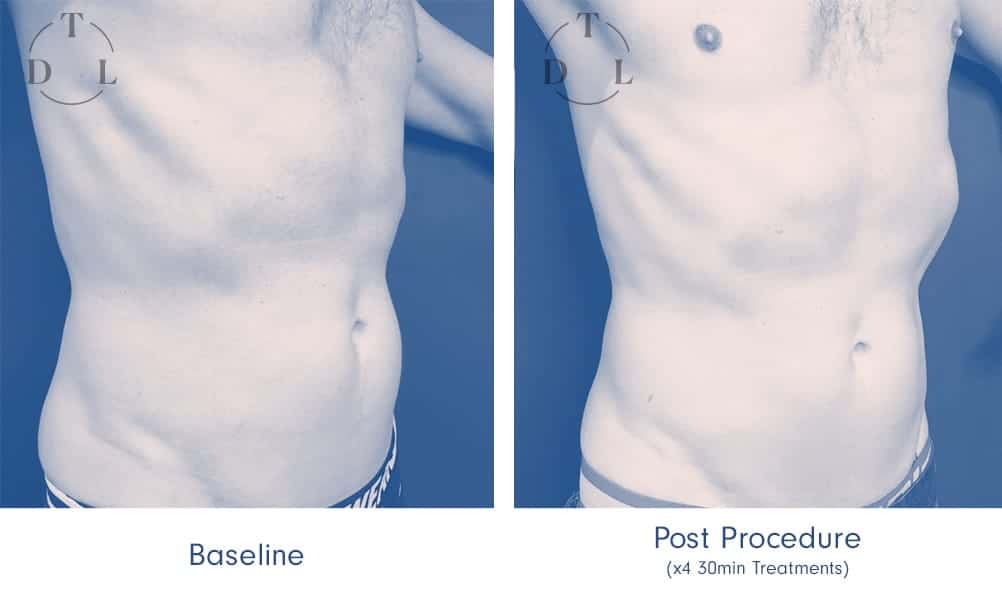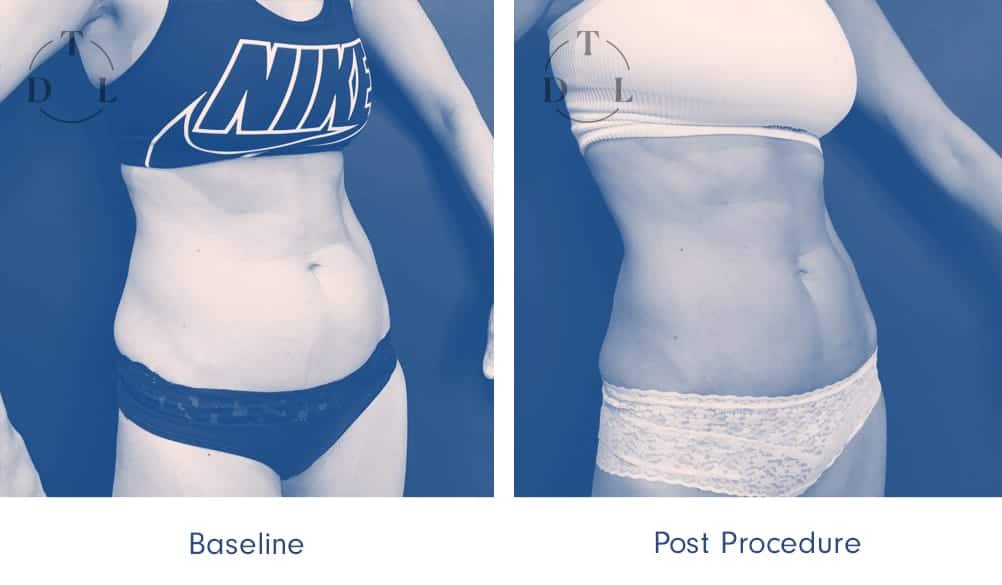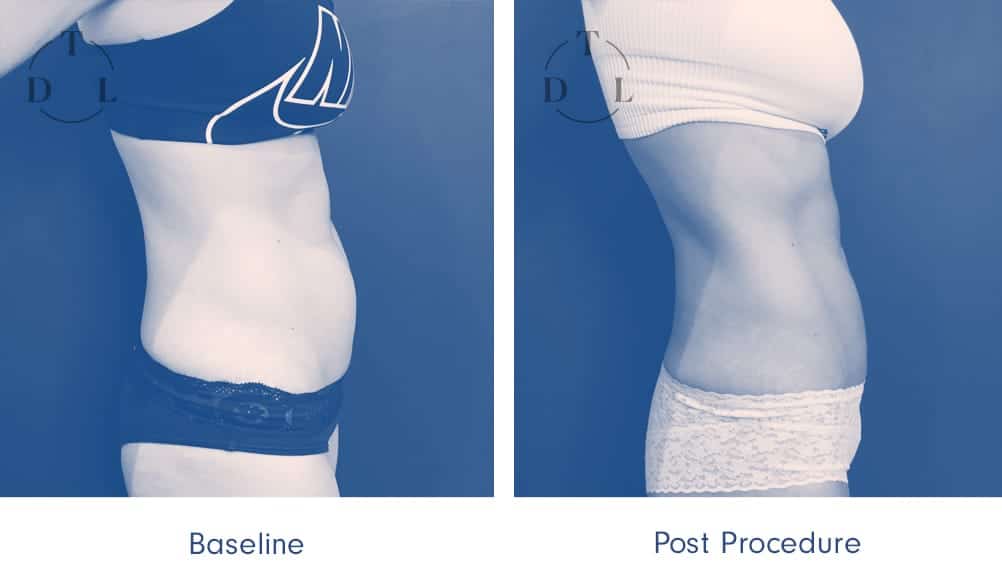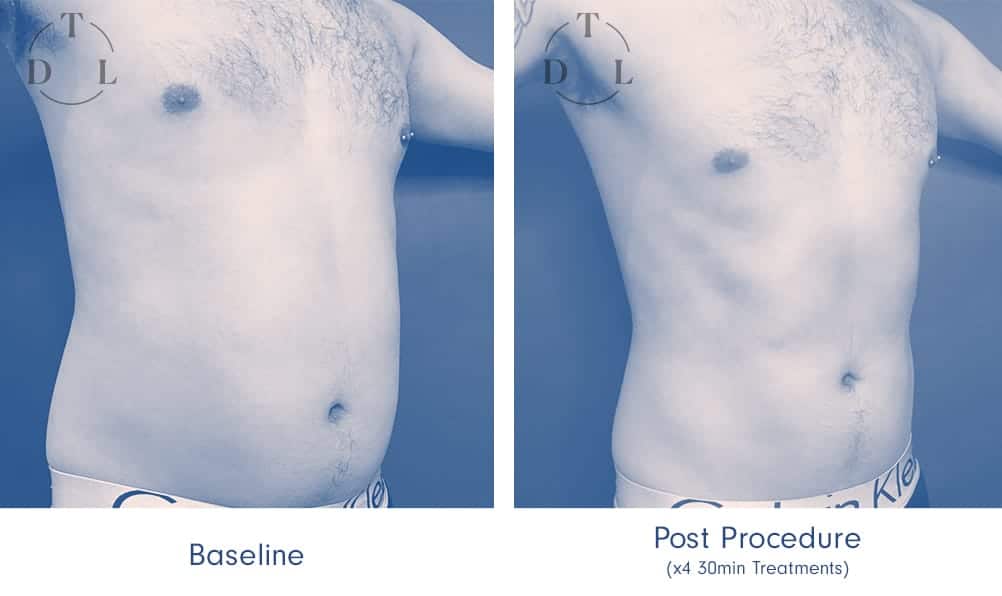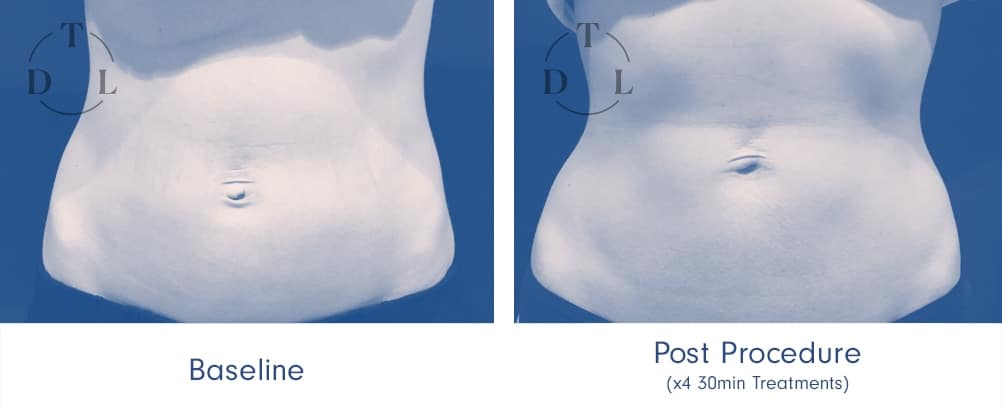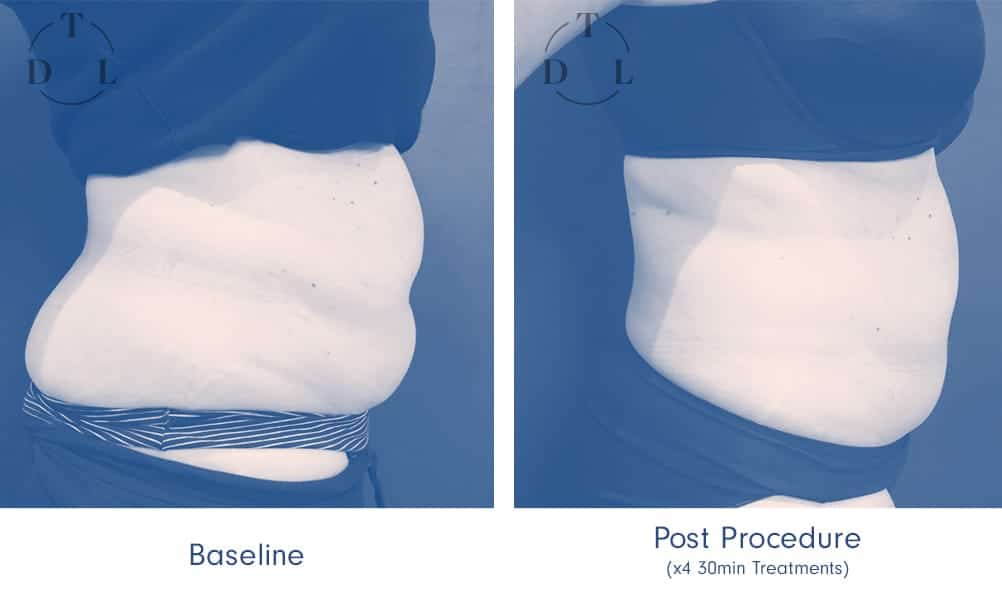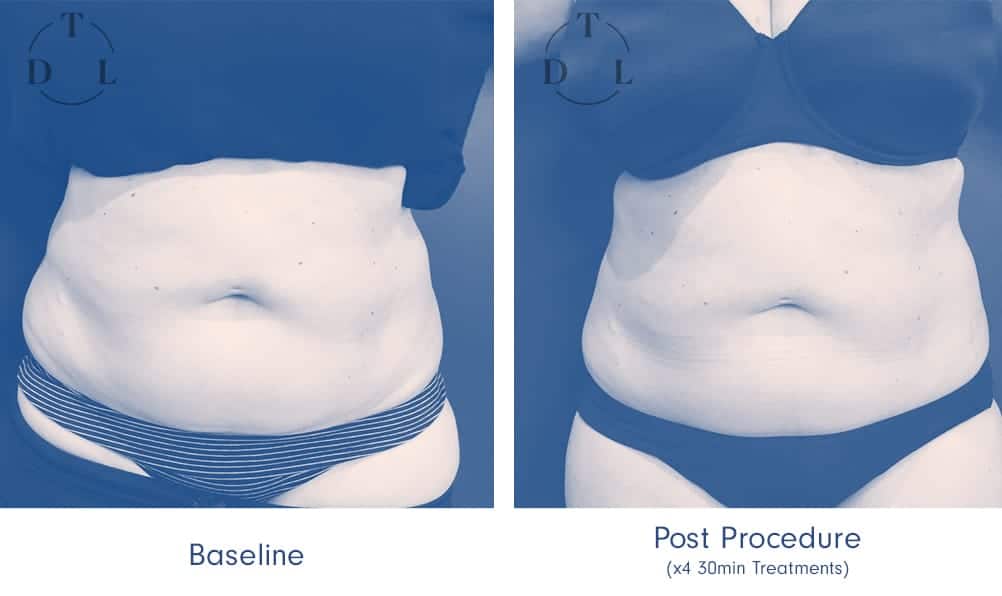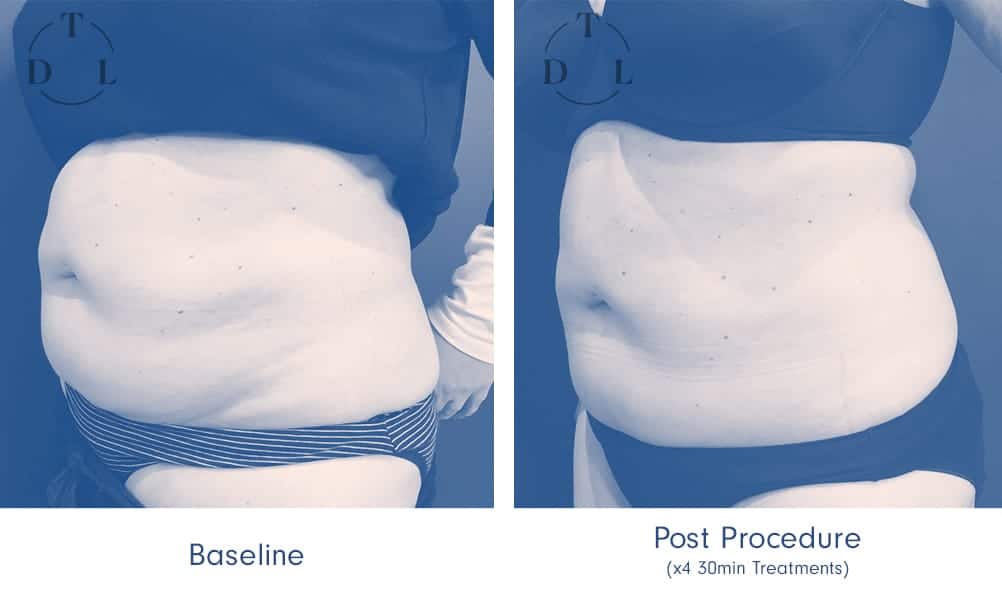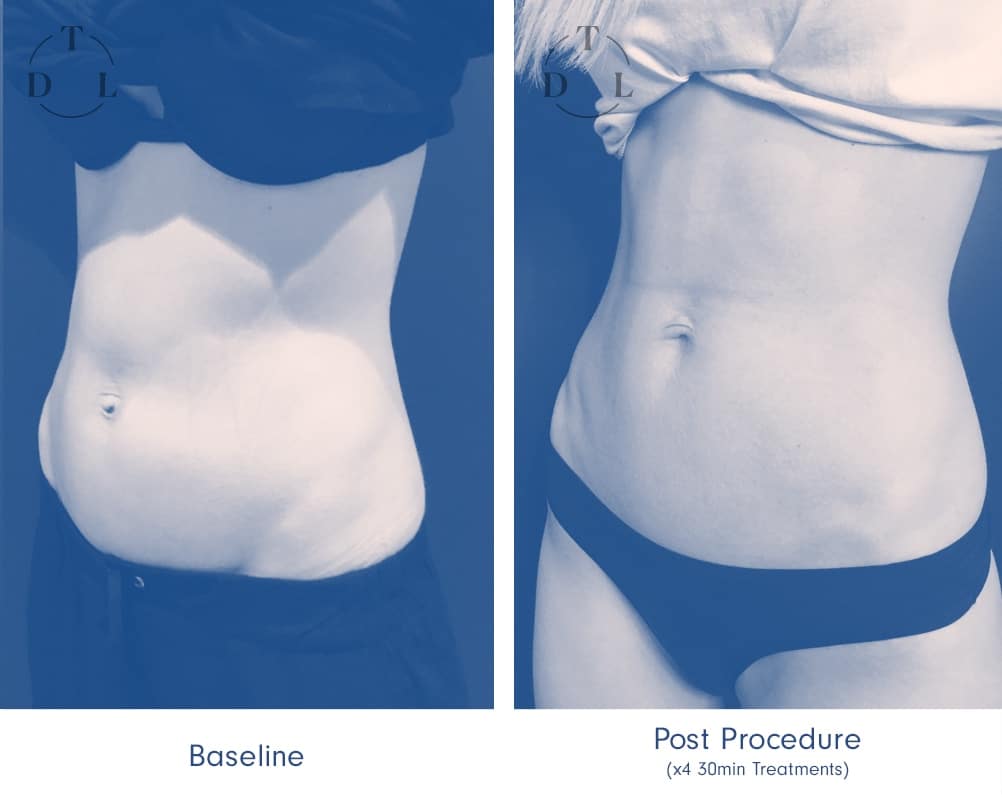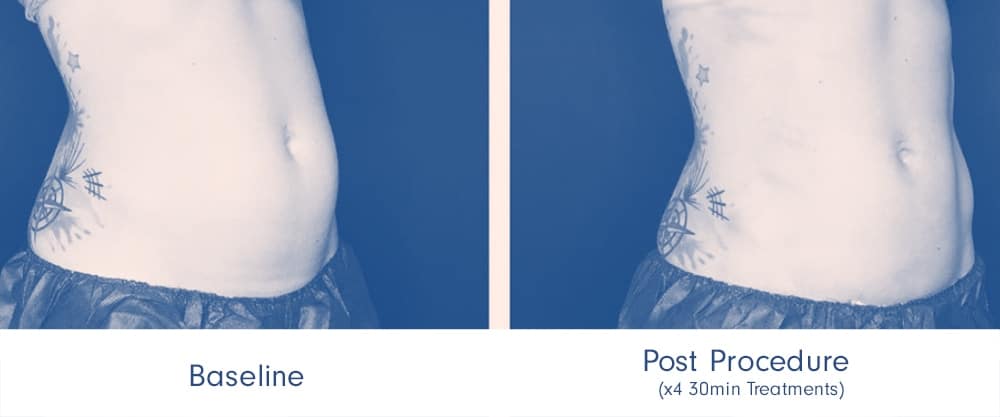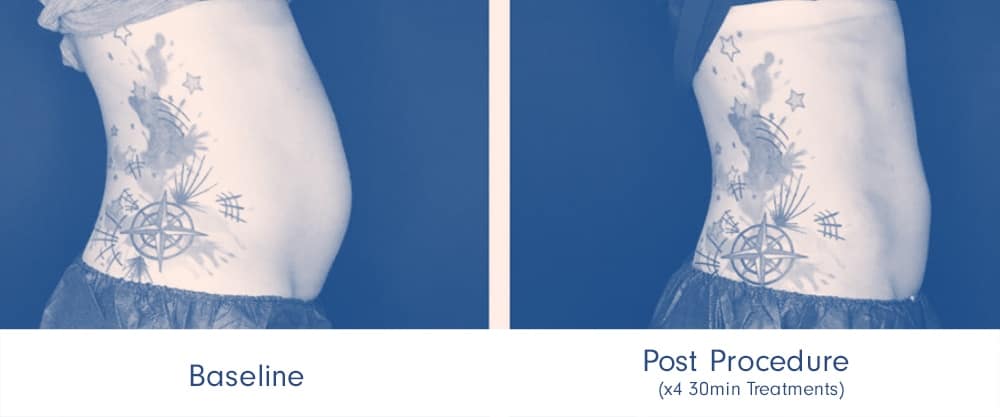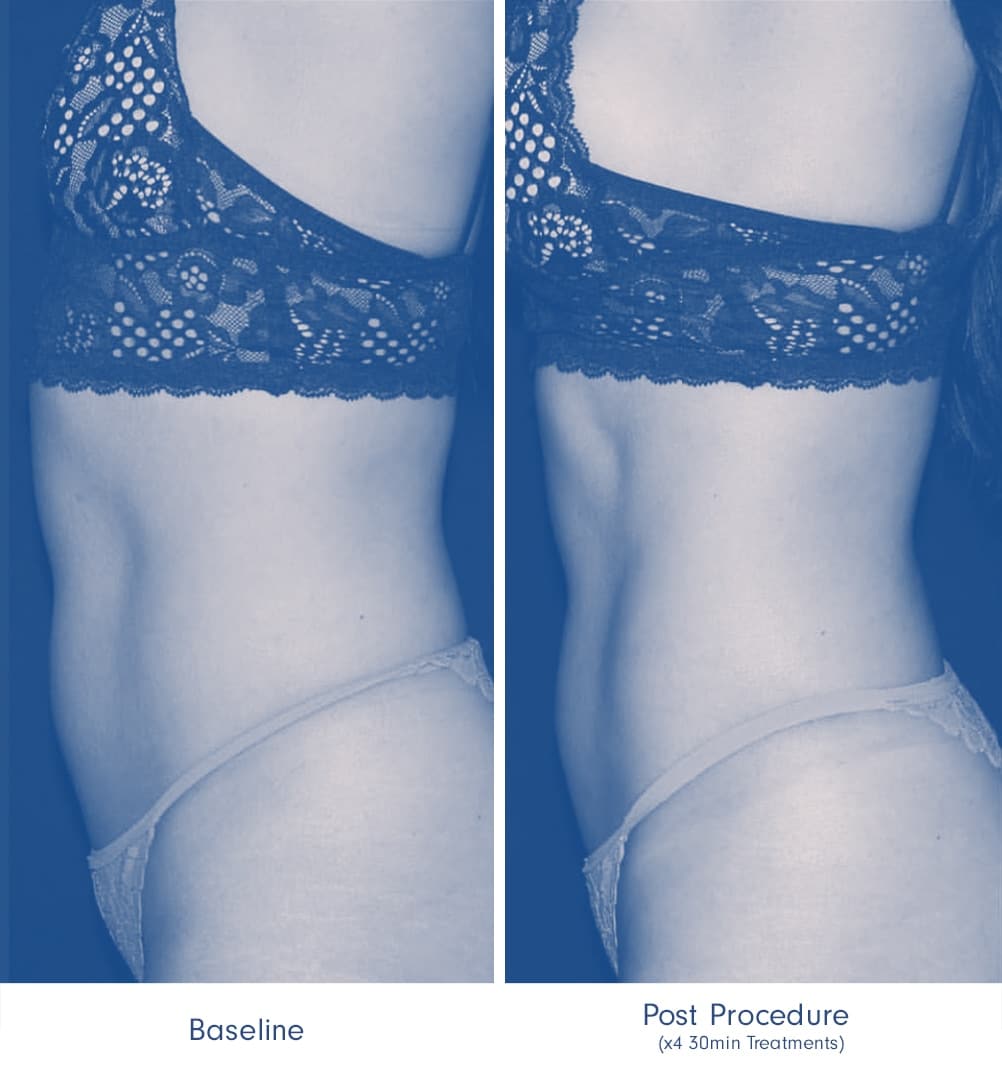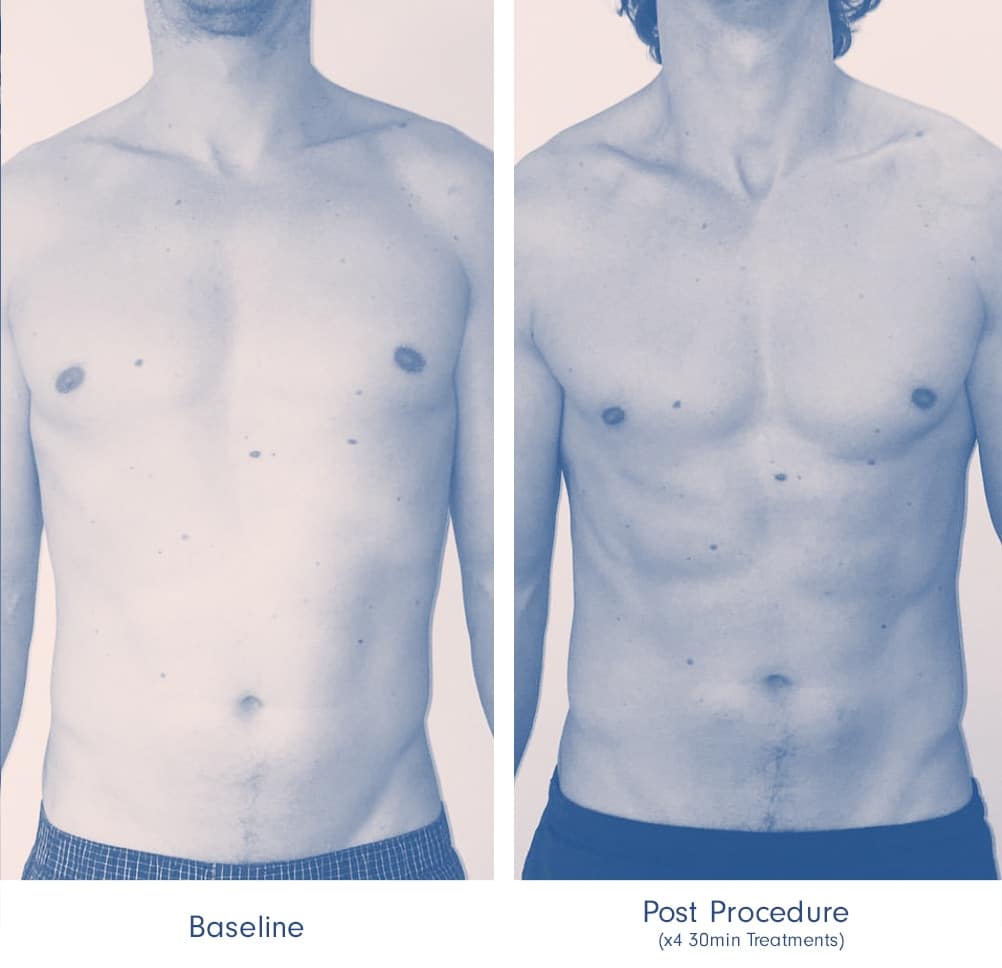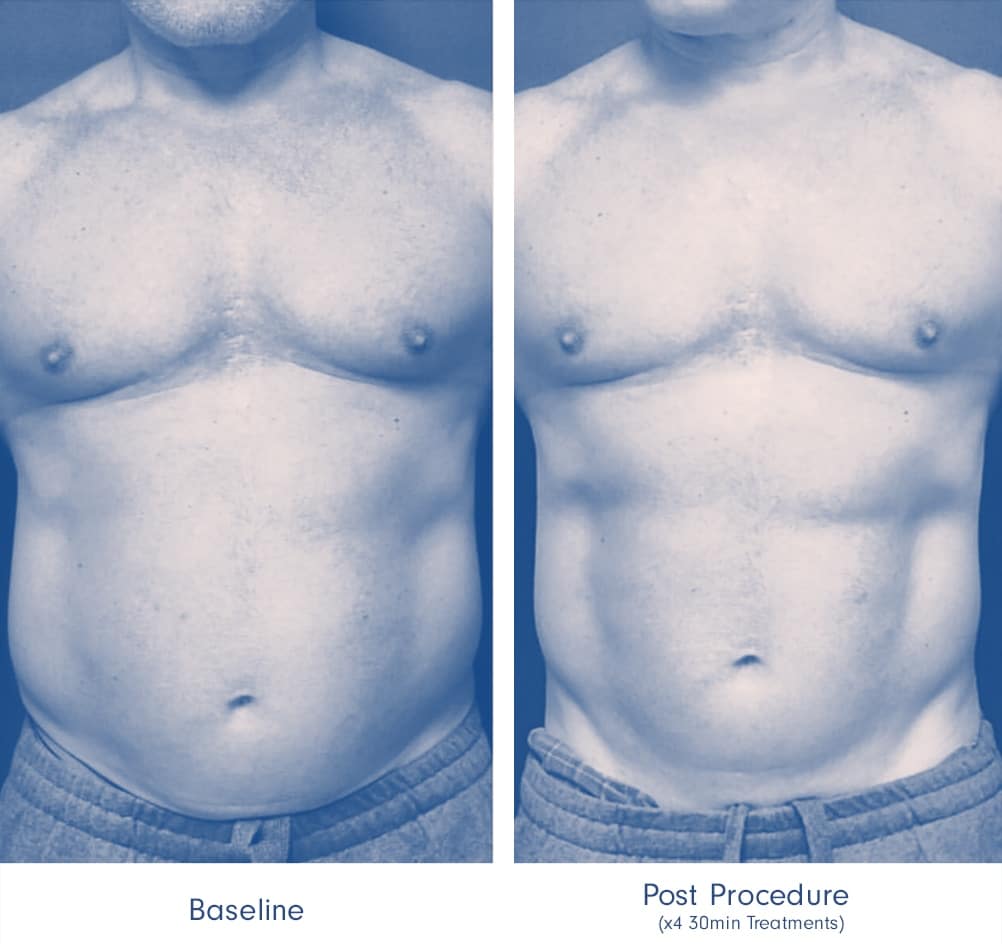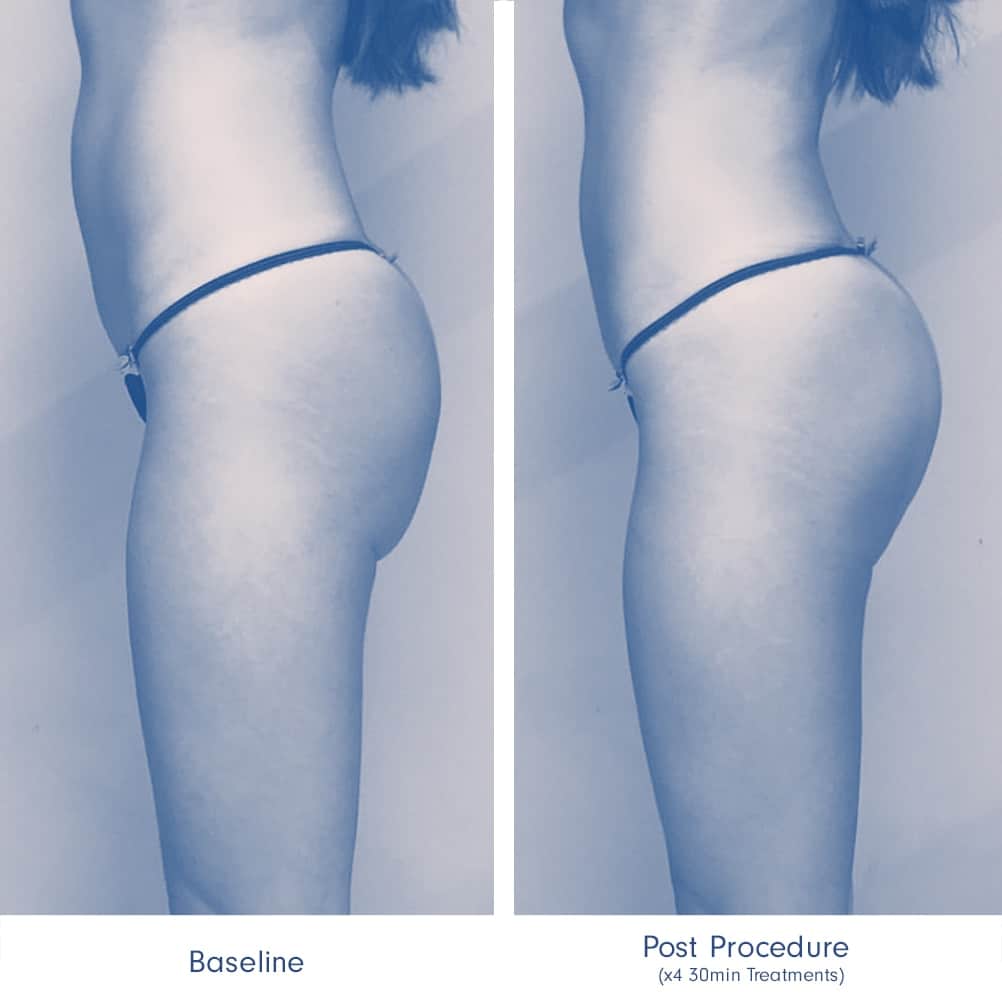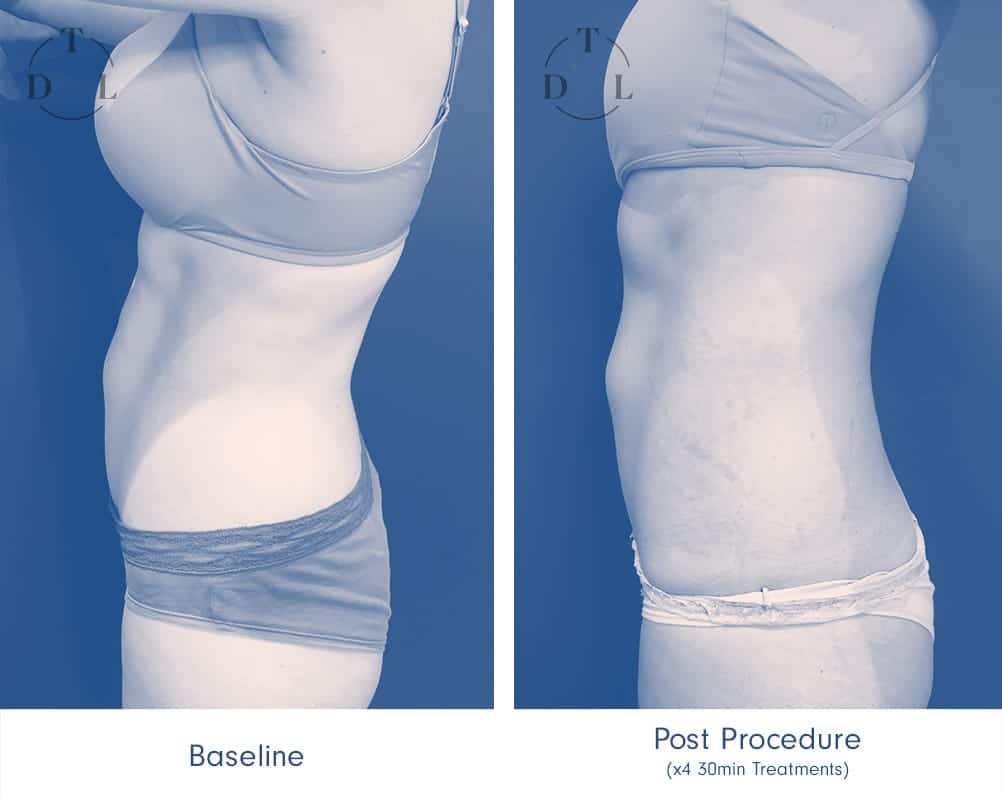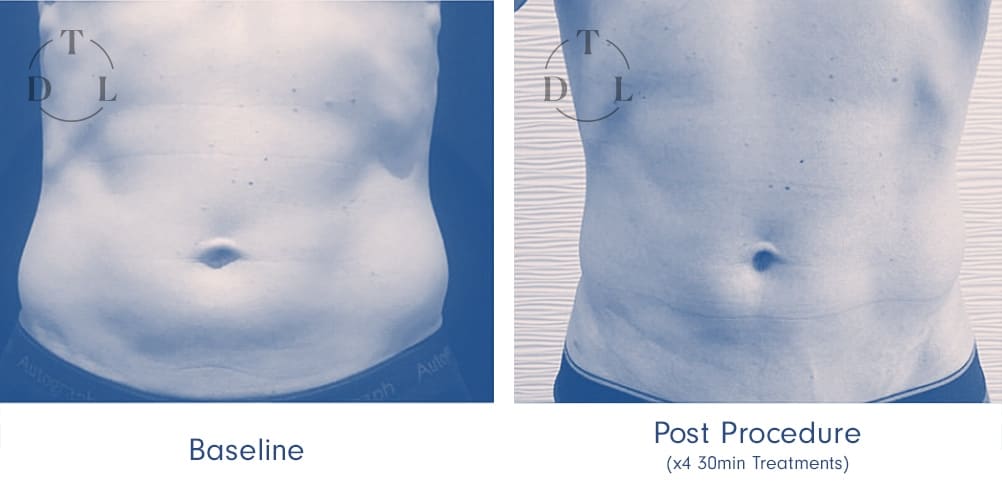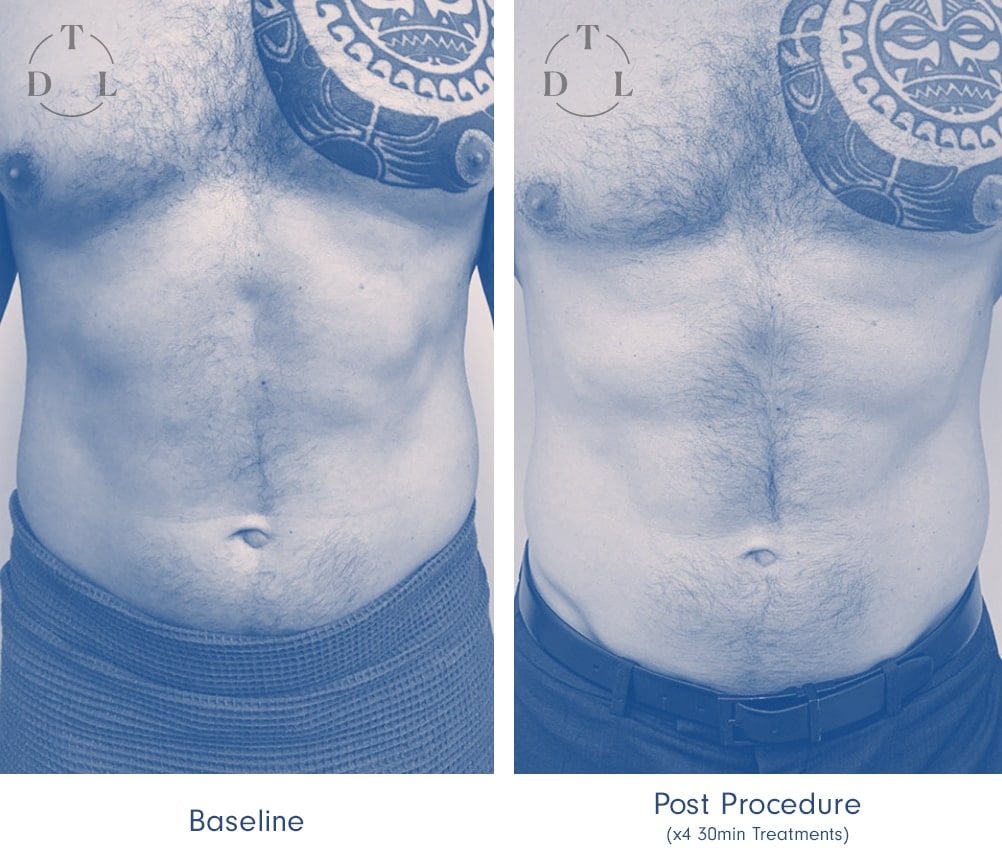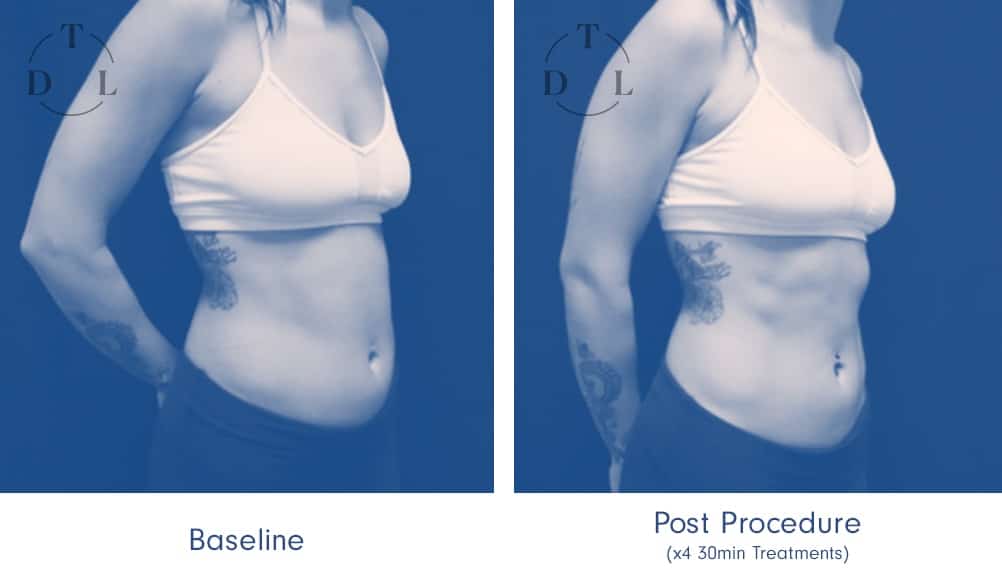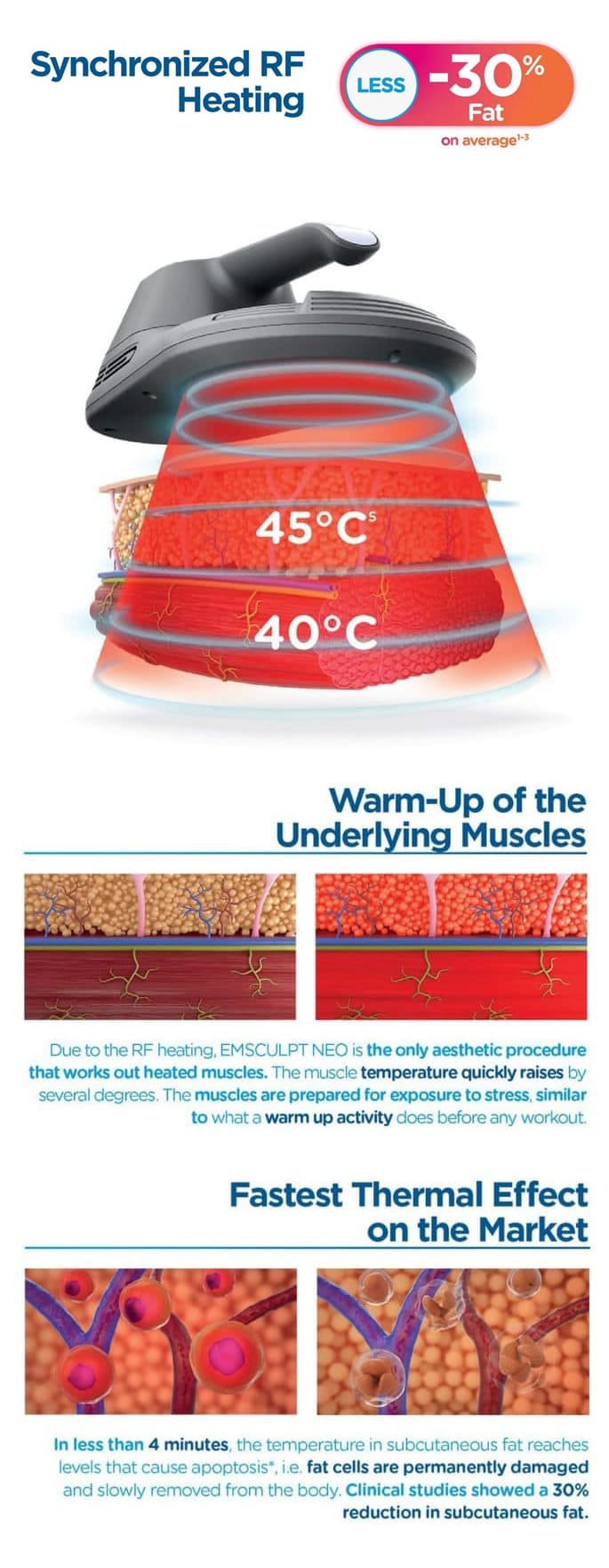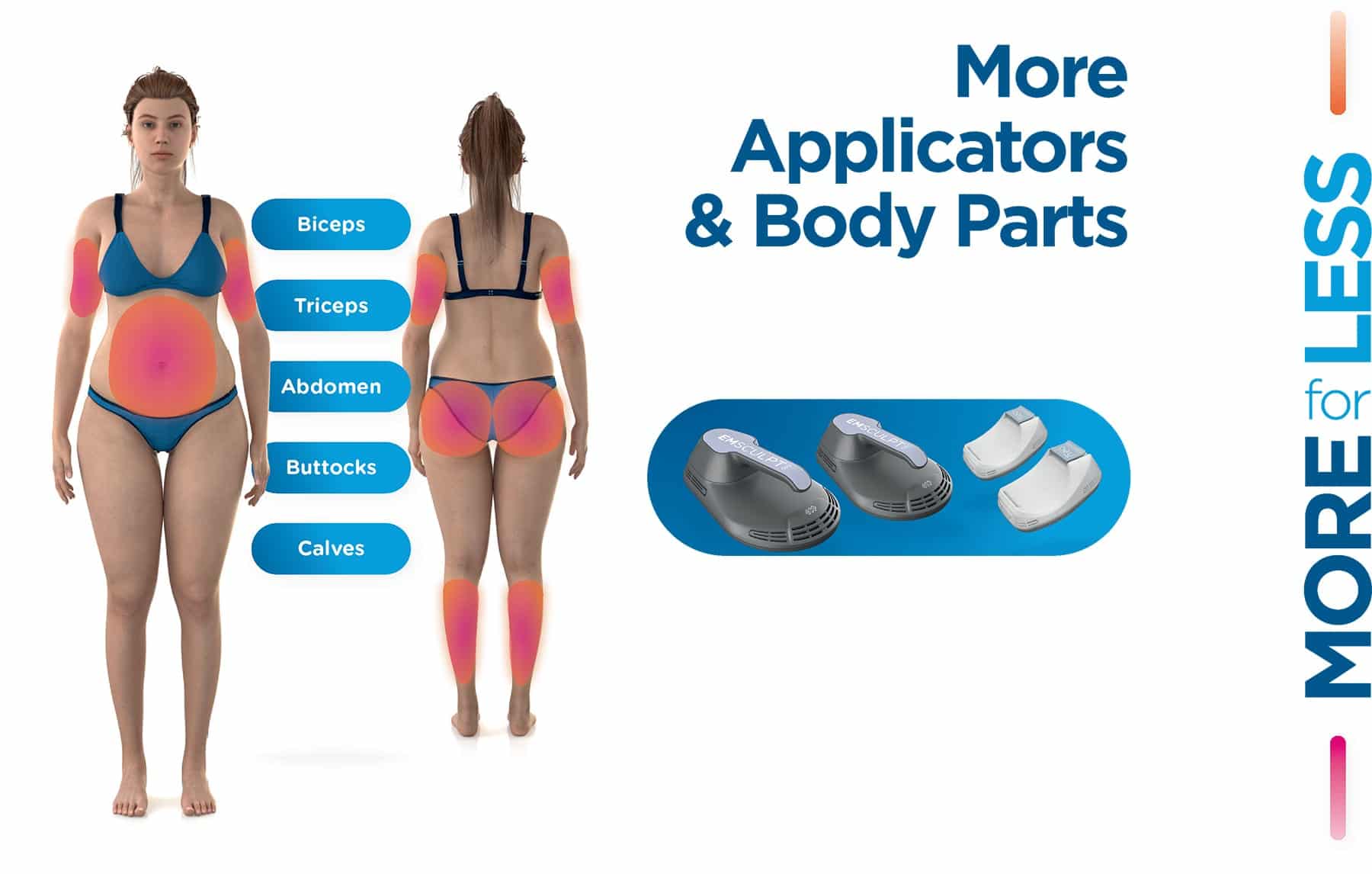What Causes Diastasis Recti?
The prime function of the rectus abdominis (the largest abdominal muscle) is to help move and transfer weight through the pelvic area together with the pelvis and lower back. It is also a major part of the muscle that holds vital organs in place including the uterus and intestines.
This wall of muscles can stretch to accommodate a baby, separating from the connective tissue that binds the abs together. This is usually an occurrence in the last trimester, a commoner with bigger babies or with multiple pregnancies close together. It is not harmful and sometimes resolves after birth due to the release of pressure.
Who Is at Risk?
Two-thirds of pregnant and post-pregnancy women suffer from diastasis recti. This condition can take place in anyone.
However, the chances increase in women who’ve had frequent pregnancies, multiple babies, and repeated abdominal surgeries like C-section. Sometimes, the separation can progress to a painful hernia, due to organs poking through the abs and pushing against the skin.
It creates a distance between your rectus abdominis muscles to the left and right side and they can no longer contract effectively. In a study done with 300 mothers, about 45% had a mild case of diastasis 6 months after giving birth.
Diastasis recti occur in 33-60% of pregnant women, making the belly appear paunchy or loose. This looseness is amplified when you’re straining – from coughing, sitting up and stretching, for instance. And this disappears when you stop stressing on your abdominal muscles or when you lie down.
Having connective tissue and a gap between the recti muscles is a common phenomenon. In fact, we all have a gap of around of 2.7cm. anything more than that is considered as diastasis recti. But having a gap larger than this does not mean you should get operated to remove it.
